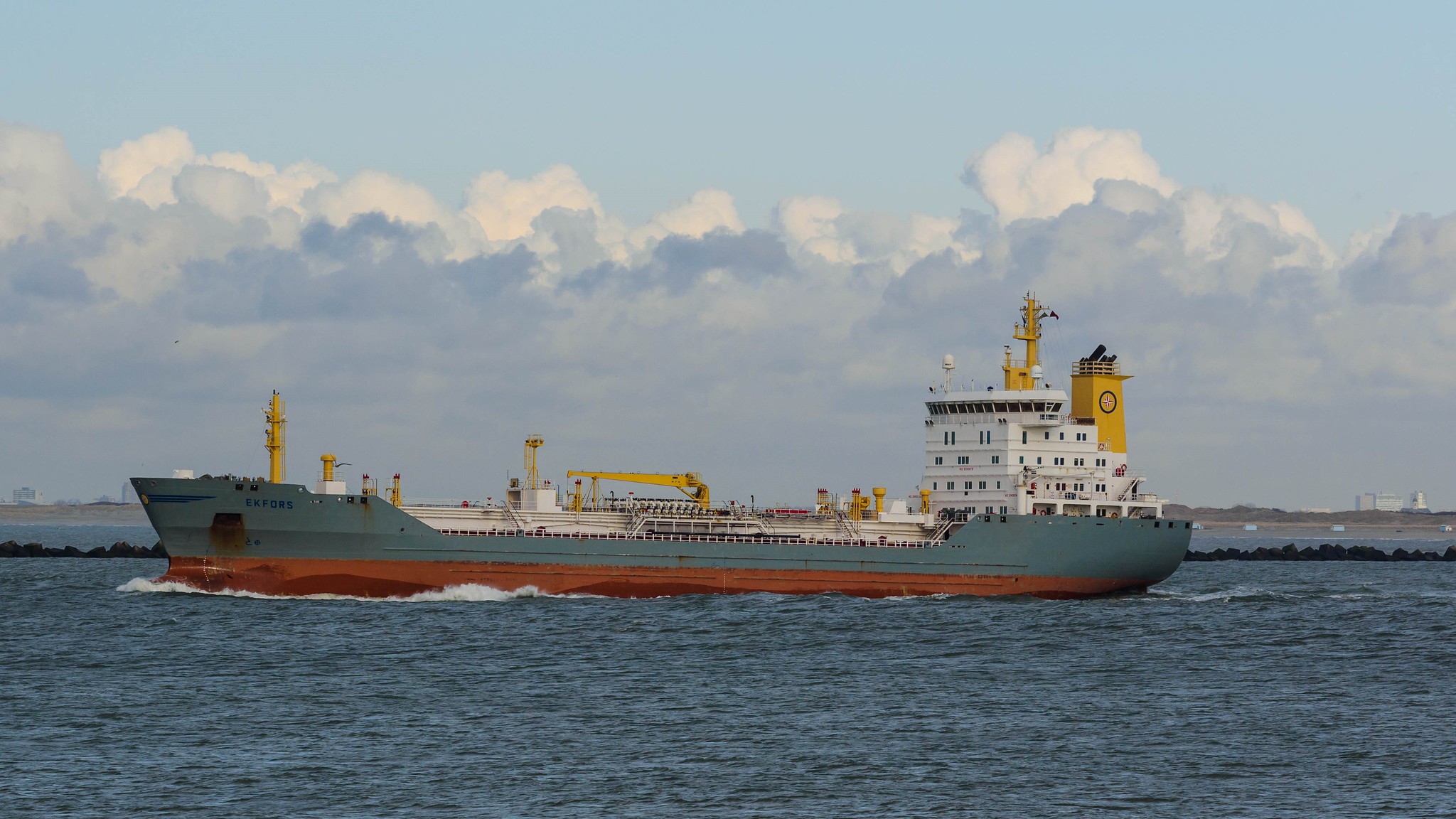
Striking footage of two oil tankers burning in the Gulf of Oman following an alleged attack on Thursday, June 13th marked the continued escalation of tensions in the Persian Gulf region. The U.S Secretary of State Mike Pompeo promptly identified Iran as the perpetrator, consistent with the Trump Administration’s continued hard-line stance on Tehran.
Mr. Pompeo said later on Thursday that the U.S had sufficient intelligence proving that Iran was responsible for the attacks. A black and white video released by the U.S Central Command later that same day, seems to depict an Iranian patrol boat approaching one of the two tankers and removing an unexploded mine. Done in broad day-light, some have speculated that the move was intentionally overt to send a message to the U.S and the rest of the world. Iran’s latest announcement to exceed the limits of its nuclear program set by 2015 agreement is indicative of Tehran’s strategy to challenge the Trump administration’s recent sanctions.
American intelligence officials have argued that Iran’s intent behind the alleged attacks on the two tankers in the Persian Gulf, arguably one of the most lucrative and strategic shipping lanes in the world, is to manipulate oil prices. Due to recent sanctions imposed by the Trump Administration, Iran’s oil exports have slowed. By making the shipment of crude oil through the gulf more treacherous, Tehran could be trying to drive up industry expenses, such as insurance premiums, and consequently, drive up oil prices.
The U.S-imposed economic sanctions followed President Trump’s withdrawal from the 2015 Iran Nuclear Agreement as a means of pressuring Tehran to cut a better nuclear deal. Since the sanctions were enacted in November 2018, Iranian oil exports have been cut nearly in half. Oil is one of the country’s most critical exports and the sanctions have already created devastating effects on the national economy.
Economic concerns aside, it appears Tehran’s ultimate goal is to publicly challenge U.S global hegemony. So long as the U.S continue to exert substantial influence over other international actors, Iran’s ambitions, whether they be economic or nuclear, can be compromised by American interests.
For now, Iran’s actions are that of a rogue state – one that does not conform to international norms as set by those in power, namely Western countries, including the U.S and EU member states. Iranian officials have attempted to change the narrative, however, arguing that it is in fact the U.S, under the Trump administration, that has become a so-called ‘rogue-state.’ Highlighting the administration’s withdrawal from international treaties, including the 2015 nuclear accord, Tehran is attempting to delegitimize American international hegemony and encourage other global actors to break from U.S influence.
This latest incident came nearly a month after four other tankers were damaged in the Gulf. American officials indicated that they believed Iran to be behind the attack, a claim other western powers, including Great Britain and Germany who are still signed on to the 2015 Nuclear Agreement, have been hesitant to make. The most recent tankers to be damaged, the Front Altier and the Kokuka Courageous, Norweigen and Japenese-owned respectively, were attacked three hours apart from each other. Both companies have referred to the explosions as “deliberate attacks.”
The recent escalation bears some resemblance to the 1980s “tanker war,” during the Iran-Iraq war. Fighting for control over the Persian Gulf, and subsequently substantial influence in the crude oil industry, both sides launched attacks on international tankers utilizing the crucial shipping lane. Over the course of the conflict, over 200 boats were attacked with dozens of casualties. In total, 37 American lives were lost.
Representatives from the Trump Administration have denied claims that the U.S and Iran are on the fast path to armed conflict. In May, President Trump clarified that the U.S was not looking for a “regime change,” despite some in his administration for more belligerent action. Critics have argued that recent actions speak louder than the President’s words, with over 1,500 American troops dispatched to the region as well as an aircraft carrier. Trump has maintained that these measures are to ensure Iran continues to not be in possession of nuclear weapons.
On Thursday, June 21st, one week after the Persian Gulf incident, Iran shot down an unmanned U.S surveillance drone. Tehran has claimed that the aircraft had entered Iranian airspace, while the U.S maintains that the attack occurred over international waters. By Thursday night Eastern Daylight Time, American officials were preparing for a retaliatory attack. Despite claiming that U.S forces were “cocked and loaded” to retaliate, the President took to Twitter early Friday morning again to call off the strike. Ultimately, Trump maintained, the retaliation would not be proportionate to the initial incident, with the expected casualty count to be upwards of 150 Iranian lives.
As these latest incidents continue to aggravate U.S relations with Iran, all eyes have been on Tehran’s nuclear ambitions. MJPS staff writer Ashton Mathias will continue the journal’s look into the development of conflict in the Gulf region following Iranian President Hassan Rouhani’s announcement that it will begin to increase its nuclear fuel stockpile.
Edited by Sophia Kamps
The opinions expressed in this article are solely those of the author and they do not reflect the position of the McGill Journal of Political Studies or the Political Science Students’ Association.
Feature image by Frans Berkelaar via Flickr Creative Commons